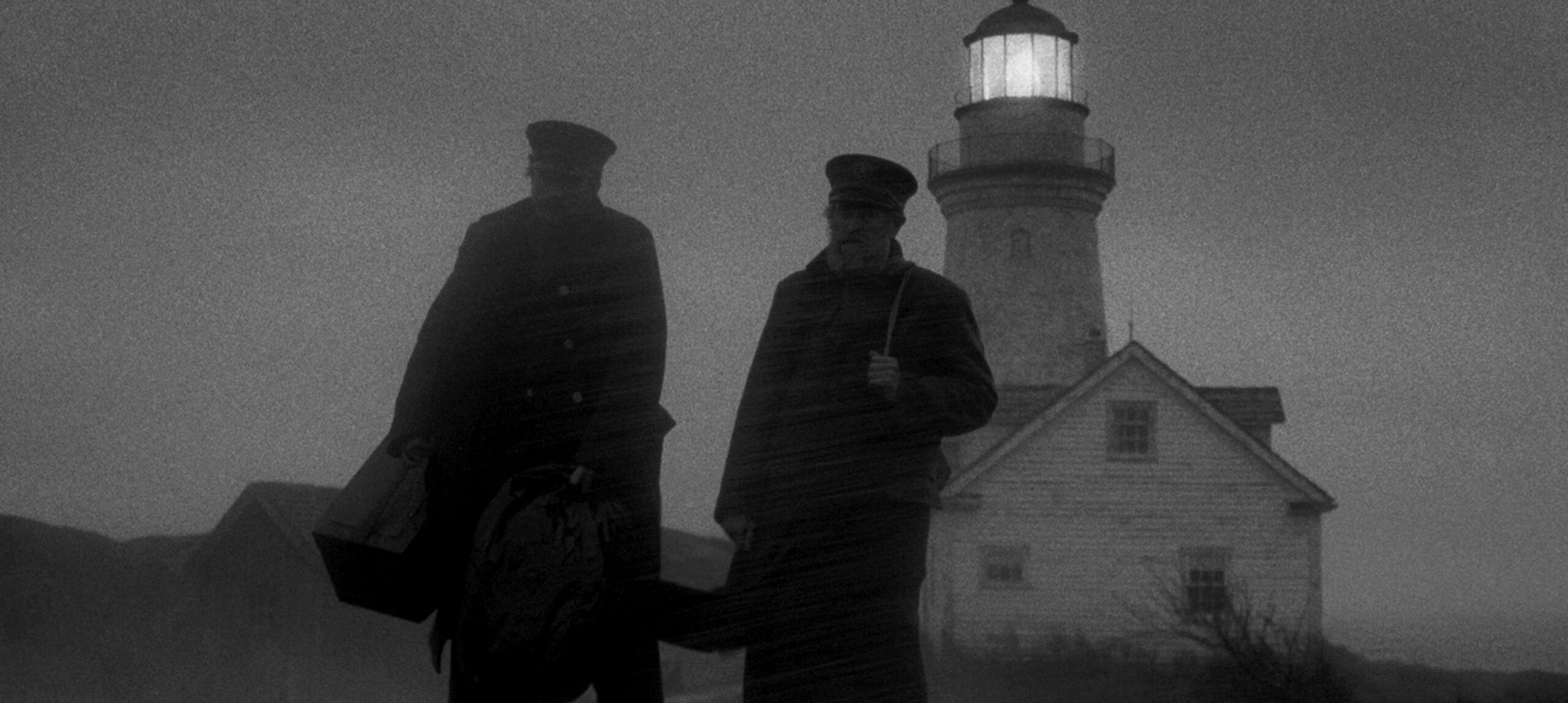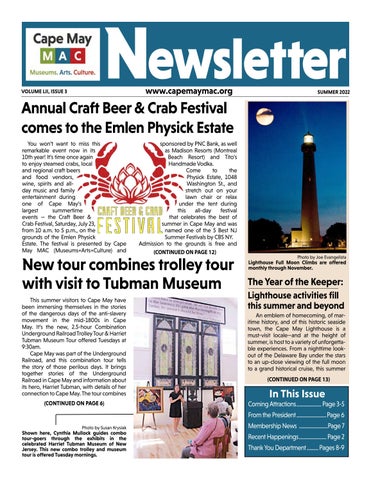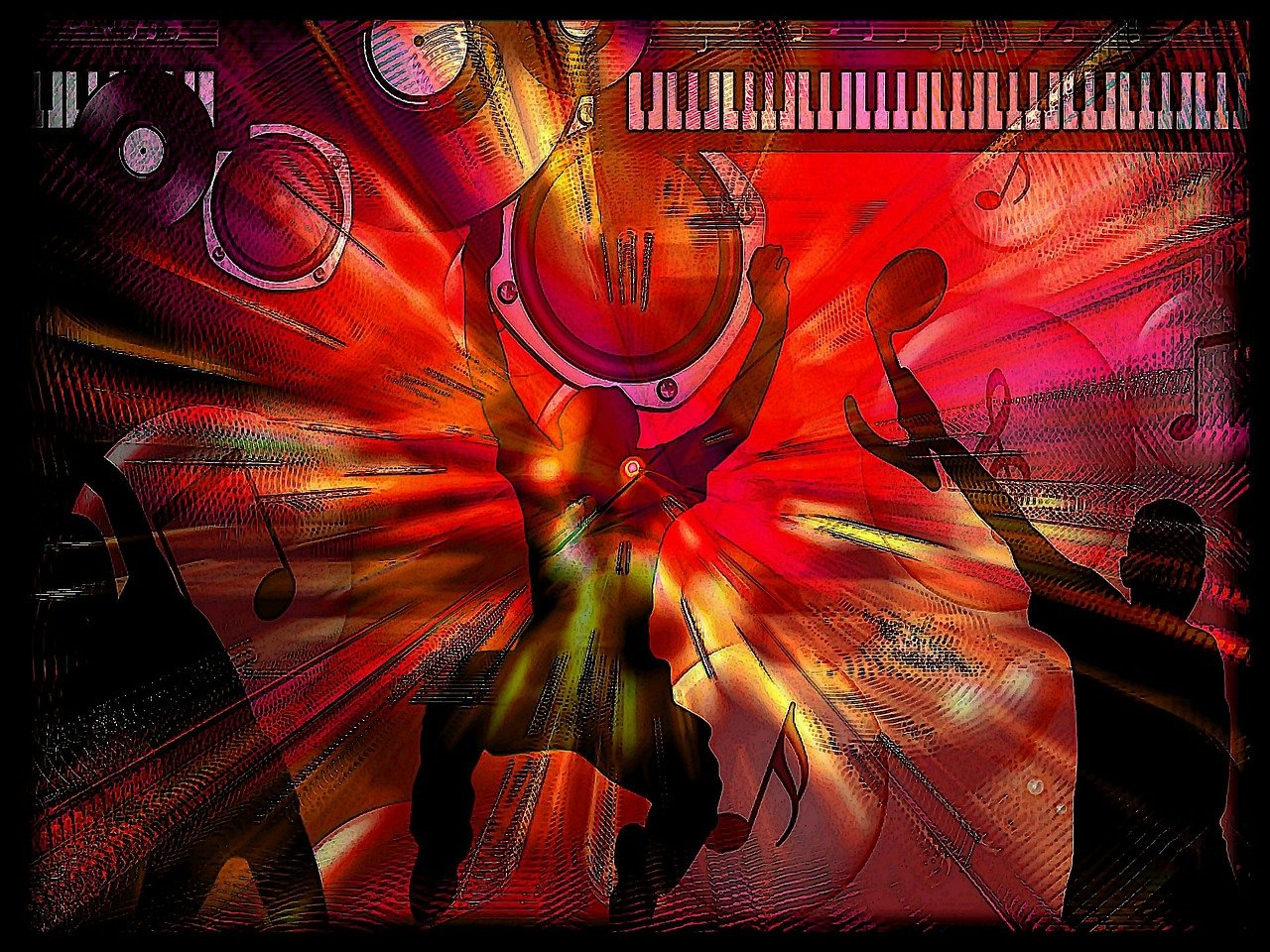Table of Contents
Lighthouses, with their towering silhouettes and beaming lights, have always possessed an undeniable mystique. They not only serve as navigational aids but also as powerful symbols of guidance, isolation, and maritime history. It’s no surprise, then, that lighthouses have made their way into various forms of popular culture, leaving their indelible mark on movies, music, literature, and more. In this article, we embark on a journey to explore the fascinating presence of lighthouses in pop culture and how they continue to captivate our imagination.
The allure of lighthouses extends far beyond their practical role as navigational aids; it’s a magnetic force that has drawn them into the realms of popular culture, where they have become enduring symbols of mystery, adventure, and maritime romance.
In movies, lighthouses have served as evocative backdrops for countless cinematic tales. These towering beacons have graced the silver screen in a variety of roles, from the dramatic and eerie to the heartwarming and inspirational. Lighthouses have often played pivotal roles in the plot, serving as beacons of hope or symbols of isolation. Think of iconic films like “The Light Between Oceans,” where a lighthouse stands at the center of a poignant love story, or “Shutter Island,” where it shrouds the narrative in an aura of eerie intrigue.
In literature, lighthouses have similarly left their mark, their luminous presence illuminating the pages of novels and stories. From the literary classic “To the Lighthouse” by Virginia Woolf to contemporary works like “The Lighthouse” by Alison Moore, these structures have served as powerful metaphors for human longing, self-discovery, and the search for meaning. Lighthouse keepers and their solitary lives have inspired rich character studies, their dedication and solitude reflecting themes of resilience and introspection.
Lighthouses have also found a prominent place in music, where they serve as lyrical metaphors and evoke emotions ranging from nostalgia to longing. Countless songs, from the folk ballads of “The Lighthouse’s Tale” by Nickel Creek to the rock anthems of “The Lighthouse” by Interpol, use lighthouses to convey a sense of guidance, hope, or even melancholy. These musical expressions highlight the enduring resonance of these maritime icons in our cultural consciousness.
In the world of art, lighthouses have inspired countless paintings, photographs, and other visual creations. Artists are drawn to the contrast between the rugged coastal landscapes and the stoic beacons that pierce the darkness. These works often capture the essence of a lighthouse’s solitary vigil, the interplay of light and shadow, and the ever-present sense of isolation, all of which evoke powerful emotions in viewers.
Furthermore, lighthouses have been featured in video games, where they become part of immersive virtual worlds. Games like “Firewatch” use lighthouses as central elements, guiding players through intricate narratives and breathtaking landscapes while exploring themes of solitude and human connection.
In conclusion, lighthouses have transcended their functional role as navigational aids to become enduring symbols in popular culture. Their towering silhouettes, beaming lights, and often isolated settings continue to captivate our collective imagination. Whether in movies, literature, music, or visual arts, lighthouses serve as potent symbols of guidance, isolation, and the rich tapestry of maritime history. Their presence in pop culture is a testament to their timeless mystique and their ability to inspire stories that resonate deeply with our own human experiences.
For a comprehensive look at this subject, we invite you to read more on this dedicated page: Wrap Your Troubles in Dreams: Popular Music … – Game Studies
Lighthouses on the Silver Screen
Movies have long been a medium for storytelling, and lighthouses have played central roles in some of cinema’s most memorable narratives. From tales of love and mystery to thrillers and adventures, lighthouses have set the stage for a wide array of cinematic experiences.
One iconic example is “The Light Between Oceans” (2016), a film adaptation of M.L. Stedman’s novel. Set in a remote lighthouse off the coast of Australia, the story revolves around a lighthouse keeper and his wife, who make a life-changing decision when a boat washes ashore carrying a dead man and a crying baby. The film explores themes of morality, love, and the isolation of lighthouse living.
For additional details, consider exploring the related content available here Director Of ‘The Witch’ Delivers New Tale Of Dread With ‘The …

Lighthouses in Music
Lighthouses have inspired musicians across genres, from folk and rock to country and classical. Their evocative presence serves as a metaphor for guidance, safety, and hope in many songs.
For instance, “Lighthouse” by British rock band The Hush Sound tells the story of a sailor finding his way back home with the help of a lighthouse’s beacon. The song’s lyrics capture the sense of relief and salvation that lighthouses symbolize.
Similarly, classical composer Benjamin Britten’s “Peter Grimes” features a prominent lighthouse theme, reflecting the opera’s maritime setting and the psychological tensions of the story.
Lighthouses, with their stoic elegance and unwavering presence on coastal horizons, have not only captivated visual artists but also stirred the creative musings of musicians across a spectrum of genres. Their evocative symbolism of guidance, safety, and hope has found resonance in countless songs, enriching the musical landscape with maritime narratives and metaphors.
In the realm of rock and folk music, lighthouses have often been portrayed as beacons of salvation and beacons of hope. Take, for example, the song “Lighthouse” by the British rock band The Hush Sound. In this lyrical tale, a sailor navigating treacherous waters finds solace in the guiding light of a lighthouse. The song’s lyrics vividly capture the sense of relief and redemption that lighthouses represent. It’s a reminder that even in the darkest of times, there is a source of light to lead us back home.
Classical music, too, has embraced the lighthouse as a source of inspiration. In Benjamin Britten’s opera “Peter Grimes,” set in a maritime village, the lighthouse takes on a prominent role in both the narrative and the music. Britten’s composition weaves a recurring lighthouse theme throughout the opera, echoing the psychological tensions and maritime backdrop of the story. The lighthouse becomes a symbol not only of the physical landscape but also of the emotional turmoil that envelops the characters.
Beyond these examples, lighthouses have made their mark in country, blues, and even electronic music. Their enduring symbolism as navigational aids and symbols of hope resonates with songwriters and composers, making them a rich source of lyrical and musical exploration.
In essence, lighthouses have not only guided ships safely through turbulent waters but have also steered the creative compass of musicians. They serve as potent metaphors for the human journey, offering solace, redemption, and a glimmer of light in the face of adversity. These songs and compositions stand as a tribute to the enduring allure and universal symbolism of lighthouses, demonstrating how these maritime sentinels continue to shape not only our coastal landscapes but also the rich tapestry of human expression.
Explore this link for a more extensive examination of the topic: Cape May MAC: Home

Lighthouses in Literature
Lighthouses have held a special place in literature, often serving as symbols of solitude, longing, and enlightenment. In Virginia Woolf’s novel “To the Lighthouse,” the lighthouse on the Isle of Skye is a central motif, representing the characters’ aspirations and the passage of time.
In Edgar Allan Poe’s short story “The Light-House,” the narrator’s obsession with a lighthouse leads to a series of eerie and supernatural events, showcasing the lighthouse’s power to evoke both fascination and fear.
nullTo delve further into this matter, we encourage you to check out the additional resources provided here: What Entered the Public Domain in 2023? | Arts & Culture …

Lighthouse Tourism and Pop Culture
The allure of lighthouses in pop culture has also contributed to lighthouse tourism. Fans of movies, music, and literature often seek out lighthouses featured in their favorite works. Visitors explore these iconic landmarks, hoping to capture the same magic and inspiration that resonates in the art they adore.
The influence of lighthouses in pop culture extends far beyond their coastal locations; it weaves a captivating tapestry that connects fans of movies, music, and literature to these iconic landmarks. Lighthouses, often featured as symbols of hope, guidance, or mystery, have become pilgrimage sites for enthusiasts eager to step into the real-world settings of their favorite works. Here’s how this cultural connection enhances the experience of lighthouse tourism:
Cinematic Allure: Lighthouses have played starring roles in countless films, casting their majestic silhouettes against dramatic seascapes. Movie buffs embark on journeys to visit lighthouses featured in their favorite cinematic masterpieces, allowing them to relive the on-screen magic and capture awe-inspiring moments that echo the silver screen.
Musical Inspiration: Lighthouses have also inspired musicians and lyricists, becoming lyrical motifs in songs that resonate with listeners. Music aficionados and fans of specific bands or genres seek out lighthouses associated with their beloved songs. These visits transform the music into a tangible experience, as the sights, sounds, and rhythms of lighthouses come to life.
Literary Escapades: For bookworms, lighthouses often hold profound literary significance. They appear as central settings or powerful symbols in novels and poetry, inviting readers to explore the landscapes of their favorite literary worlds. Visitors trace the footsteps of beloved characters, experiencing the real-world locations that stirred the imaginations of their favorite authors.
Artistic Photography: Pop culture’s influence on lighthouse tourism extends to the realm of photography. Amateurs and professionals alike capture lighthouses in ways that evoke the essence of cinematic and literary inspiration. These visual tributes often result in stunning images that reinterpret the lighthouse’s role in the narratives that captivate hearts.
Interactive Fan Engagement: Lighthouse tourism fosters interactive fan engagement, as enthusiasts connect with others who share their passion. Online communities, fan clubs, and social media platforms become hubs for sharing experiences, insights, and personal connections forged during lighthouse visits. These virtual spaces amplify the collective excitement and appreciation for lighthouses in pop culture.
Creative Interpretation: Visitors often approach lighthouses with a creative spirit, seeking to reinterpret their surroundings through their own artistic lenses. They may capture the lighthouse’s essence through paintings, sketches, or written reflections, adding their unique perspectives to the rich tapestry of pop culture’s influence on lighthouse tourism.
Strengthened Cultural Connection: The convergence of pop culture and lighthouse tourism strengthens the cultural connection between these iconic landmarks and their admirers. This connection transcends geographical boundaries and unites people from diverse backgrounds, fostering a shared appreciation for the profound impact of lighthouses on human creativity and imagination.
In essence, the allure of lighthouses in pop culture serves as a bridge that transports fans of movies, music, and literature into the realms of their favorite art forms. It transforms lighthouses into tangible symbols of inspiration, offering visitors a chance to experience the magic and mystique that have resonated in their beloved works. These cultural connections enrich the lighthouse tourism experience, infusing each visit with a sense of familiarity and wonder that transcends time and medium.
Looking for more insights? You’ll find them right here in our extended coverage: Opinion | The Lighthouse Keepers – The New York Times

Lighthouses have proven themselves to be more than just functional maritime structures; they are enduring symbols that transcend their physical presence. In movies, music, literature, and the hearts of countless individuals, lighthouses continue to shine as beacons of inspiration, hope, and wonder.
Their appearances in pop culture remind us of the timeless fascination they hold and the deep emotional connections they forge. Lighthouses continue to illuminate our imaginations, beckoning us to explore their captivating narratives and to seek out their real-world counterparts along the rugged coastlines of the world.
Lighthouses, with their towering stature and unwavering beacons, have transcended their utilitarian roles to become enduring icons of inspiration and wonder. They are not mere structures; they are symbols that evoke a sense of nostalgia, hope, and a profound connection to the human spirit. In the realms of movies, music, literature, and the collective human consciousness, lighthouses continue to cast their luminous glow, illuminating our imaginations.
In the world of cinema, lighthouses often serve as powerful visual metaphors. They represent the guiding light in the darkest of times, a symbol of resilience and determination. Whether perched atop a remote cliff or standing sentinel on a stormy shore, the imagery of a lighthouse evokes a sense of safety, assurance, and the triumph of human ingenuity over nature’s fury. These cinematic portrayals remind us that even in the face of adversity, there is a beacon of hope to guide us through life’s storms.
Music, too, has embraced the symbolism of lighthouses. Songs and compositions often reference these coastal sentinels as symbols of love, longing, and guidance. Lighthouse-themed lyrics resonate with listeners, connecting the profound themes of human emotion and connection with the steadfast presence of these maritime icons. The haunting melodies and lyrics serve as a reminder that, in times of uncertainty, there is a guiding light to lead us back to the shores of love and belonging.
In literature, lighthouses have played prominent roles in stories that explore themes of isolation, self-discovery, and the enduring human spirit. They are settings for tales of lighthouse keepers and their solitary lives, where the rhythm of the light becomes a metaphor for the passage of time and the cycles of life. These narratives invite readers to contemplate the complexities of the human condition and the enduring allure of remote and isolated places.
Perhaps most importantly, lighthouses reside not only in the realms of art and culture but also in the hearts and minds of countless individuals. For many, they symbolize a yearning for adventure, a connection to the sea, or a reminder of coastal vacations with loved ones. Lighthouses have a remarkable ability to forge emotional connections, invoking a sense of wonder and nostalgia that transcends generations.
As they continue to appear in pop culture, lighthouses serve as beacons of inspiration, encouraging us to explore their captivating narratives and seek out their real-world counterparts. Whether we encounter them in the pages of a novel, the lyrics of a song, or on the silver screen, lighthouses remind us that, no matter how turbulent the seas of life may become, there is always a guiding light to lead us safely to the shores of our dreams and aspirations.
If you’d like to dive deeper into this subject, there’s more to discover on this page: Wrap Your Troubles in Dreams: Popular Music … – Game Studies
More links
You can also read more about this here: Public Domain Day 2023 | Duke University School of Law
